Report: Evaluating Talent Management Strategies at Aurecon Group
VerifiedAdded on 2022/09/18
|5
|881
|20
Report
AI Summary
This report evaluates the talent management strategies implemented by Aurecon Group, a small company, based on an interview with the Talent Development Manager. The report begins by outlining the interview plan, which covers topics such as talent attraction, employer branding, performance management, learning and development, succession planning, organizational culture, staff engagement, talent retention, and the use of data analytics. The analysis reveals Aurecon's approach to attracting qualified employees, including the importance of a strong employer brand, training, and employee assessment. It also identifies key talent management issues, such as the lack of a good data analytics system, unclear career paths, and high turnover rates. The report proposes solutions to these issues, including improved data analytics through holistic strategies, clear career paths, and succession planning, while also acknowledging the financial constraints that small firms may face. The report highlights the significance of employee motivation, growth strategies, and the development of new leaders to retain talent. Overall, the report provides a comprehensive overview of Aurecon's talent management practices, challenges, and potential improvements.
1 out of 5
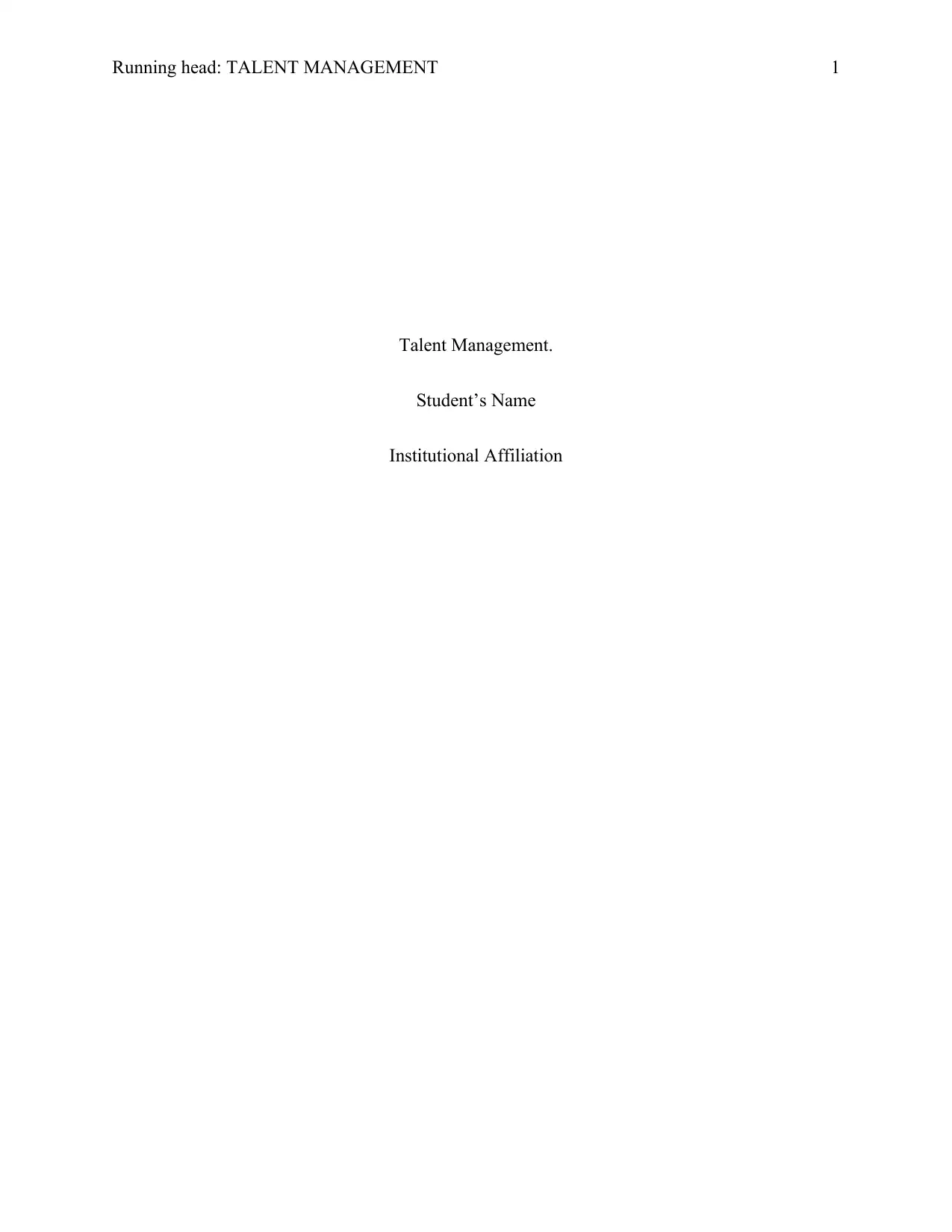
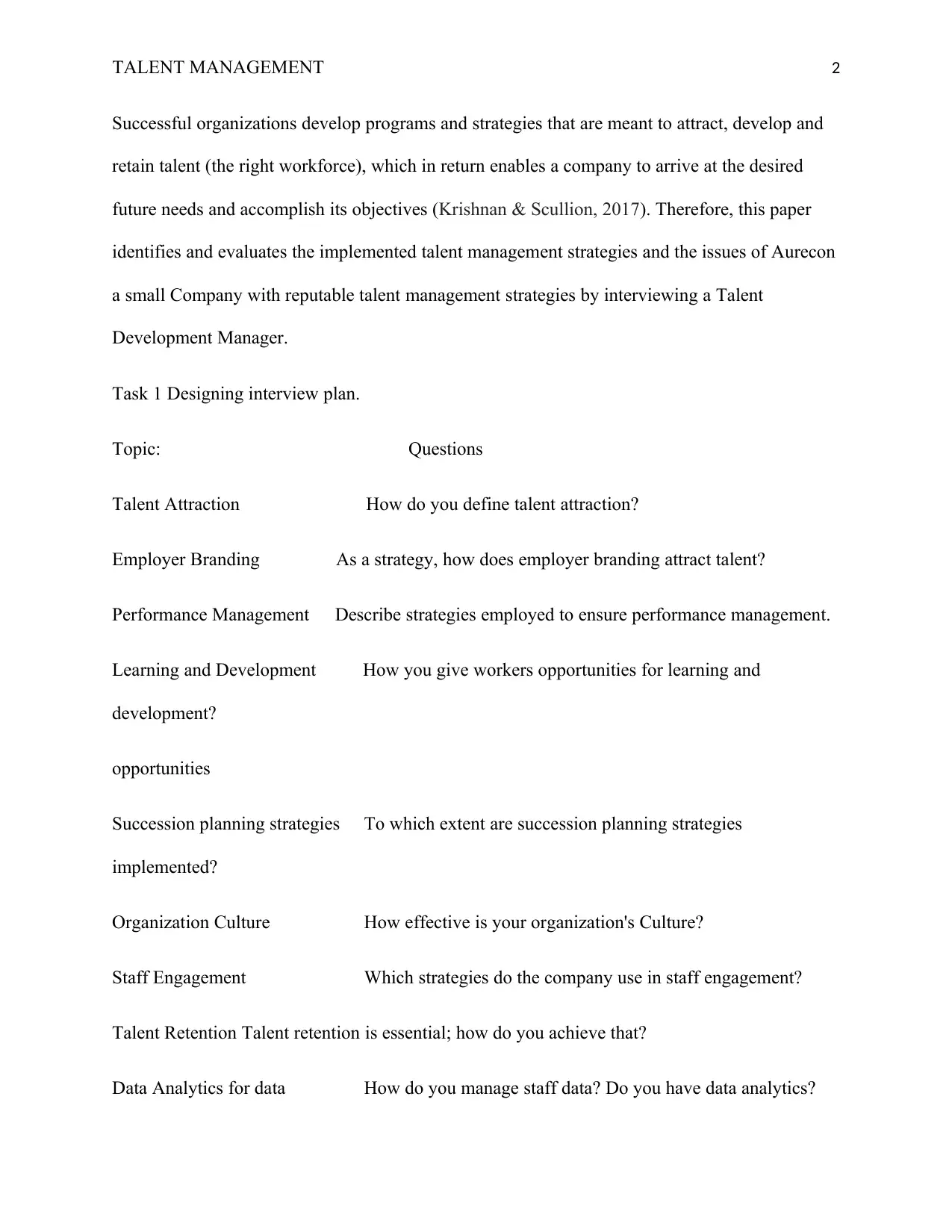
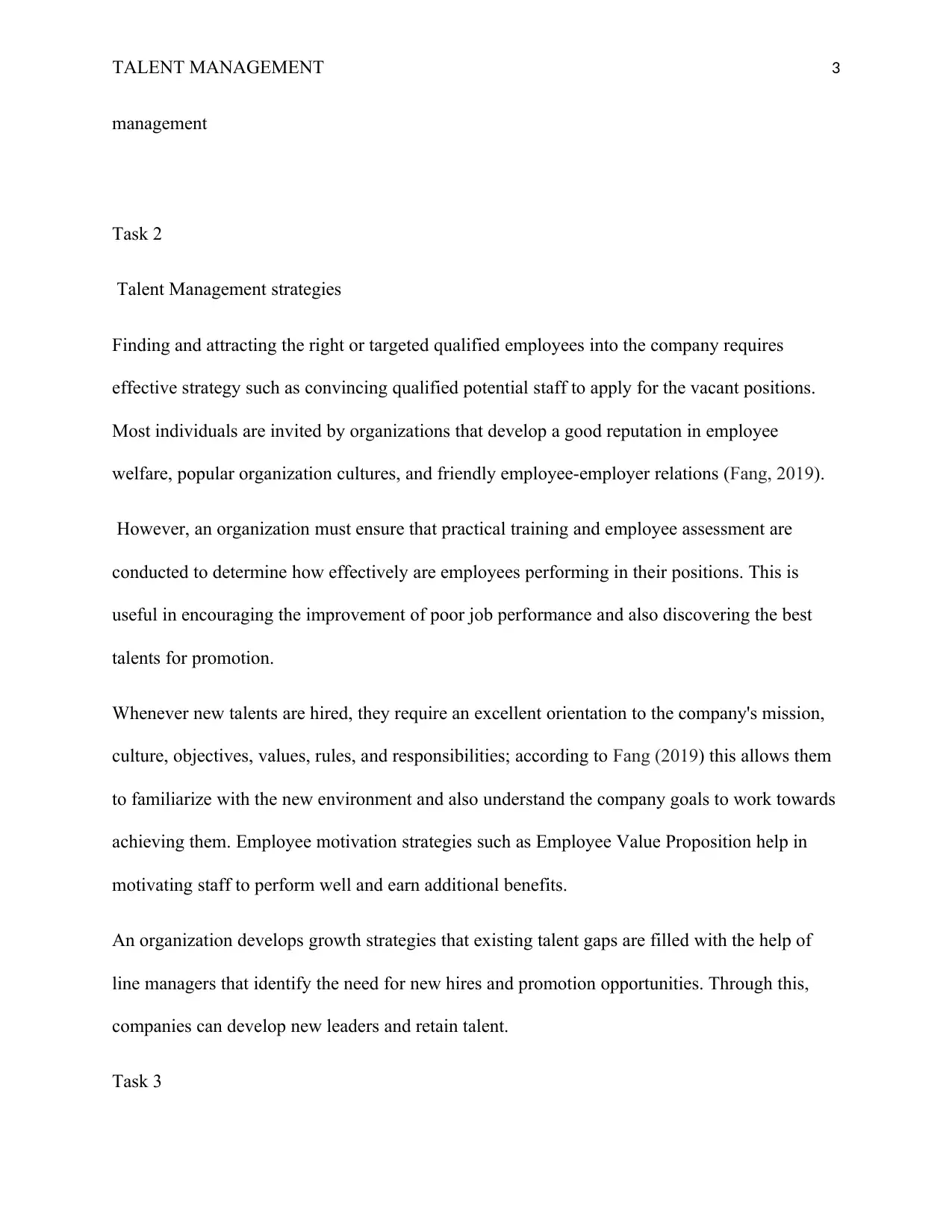

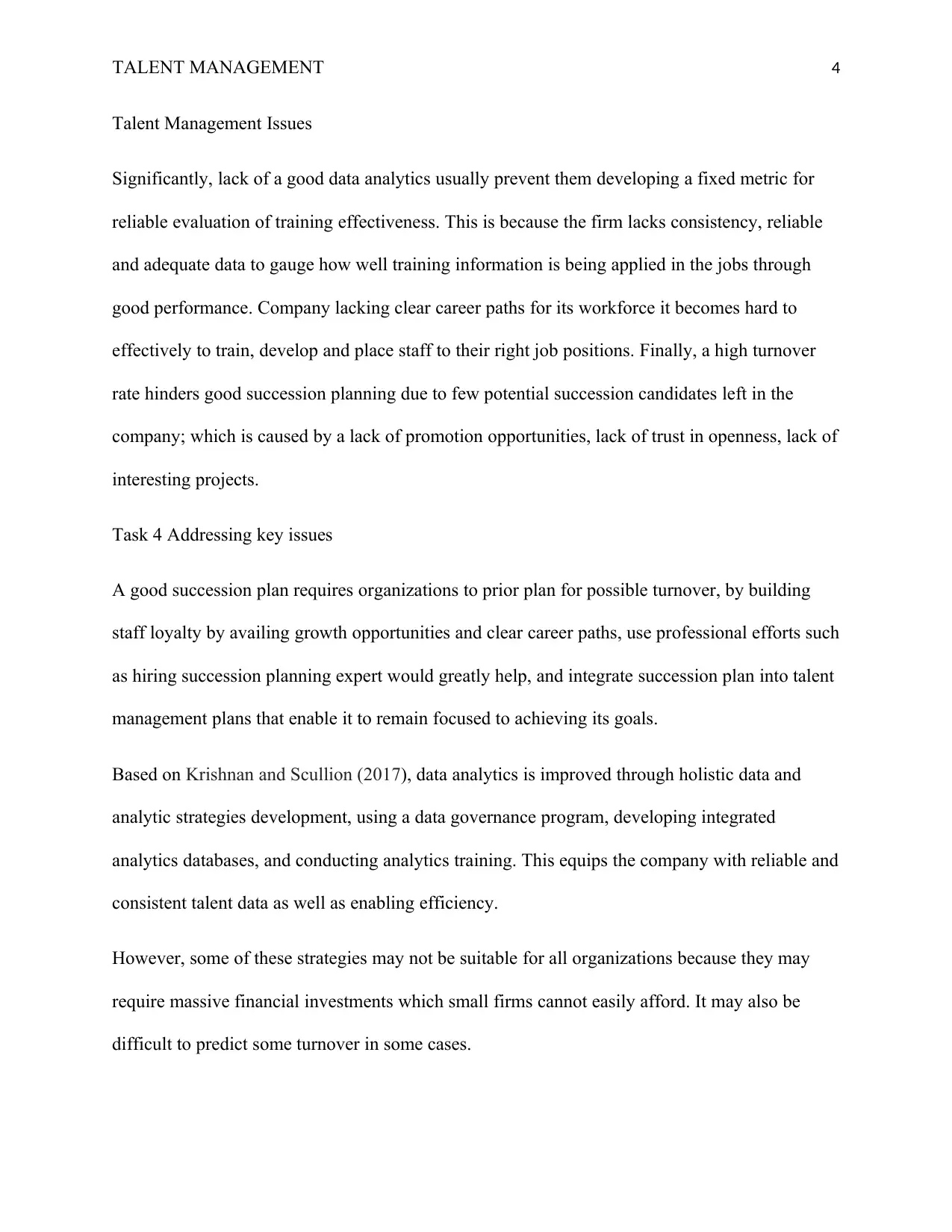
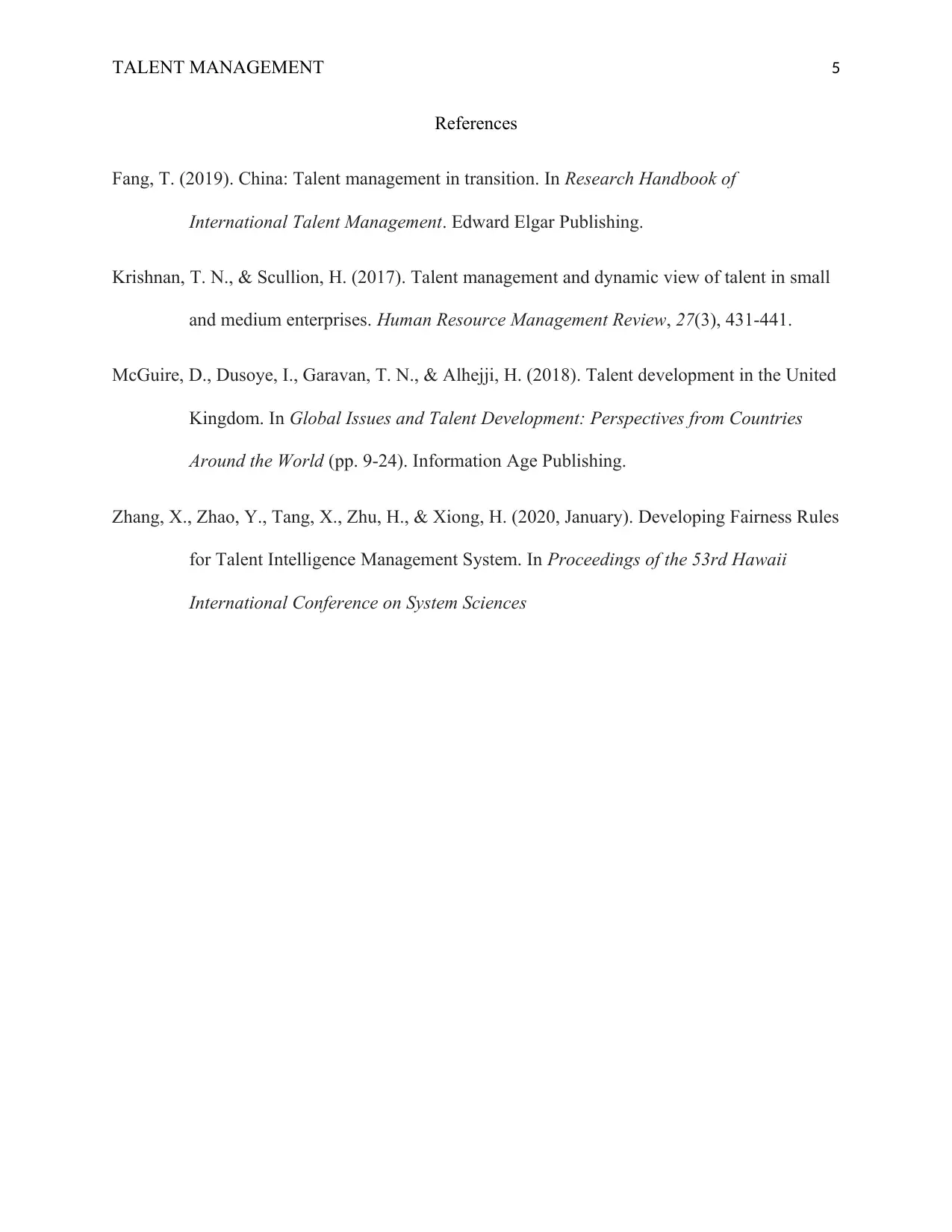






![[object Object]](/_next/static/media/star-bottom.7253800d.svg)